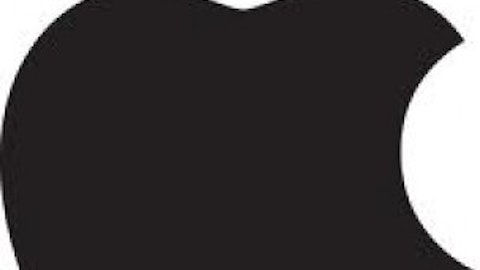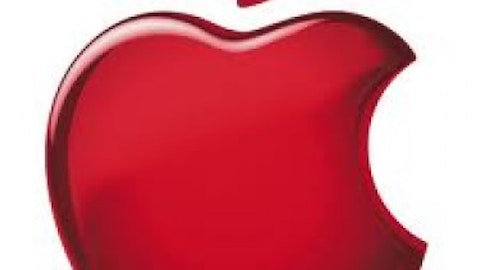Just when you thought the smartphone market couldn’t get any more crowded, Google Inc (NASDAQ:GOOG) recently teased that its Motorola Moto X Android smartphone might be arriving ahead of schedule. Although Motorola Mobility Holdings Inc (NYSE:MMI) CEO Dennis Woodside previously stated that the Moto X would be available from several carriers by October, recent reports claim that it could launch as early as August. Google Inc (NASDAQ:GOOG)’s full-page advertisements in U.S. newspapers teasing the handset’s release certainly indicate that the phone could arrive ahead of schedule.
But do we really need another Android handset, this time manufactured by Google Inc (NASDAQ:GOOG), rather than by a partner like Laclede Group Inc (NYSE:LG), which created its flagship Google Nexus 4 phone? In addition, won’t the Moto X, if successful, antagonize Google Inc (NASDAQ:GOOG)’s Android allies, who have done all the heavy lifting on the hardware end?
Justifying Motorola
I believe that the Moto X is Google Inc (NASDAQ:GOOG)’s attempt to justify its $12.5 billion acquisition of Motorola Mobility Holdings Inc (NYSE:MMI) last year. At the time, I thought that Google had simply acquired Motorola Mobility Holdings Inc (NYSE:MMI) for its patent portfolio to strengthen its moat against Apple Inc. (NASDAQ:AAPL) and Nokia Corporation (ADR) (NYSE:NOK). However, Google sold Motorola Mobility Holdings Inc (NYSE:MMI)’s home unit to Arris Group Inc for $2.35 billion, which reduced Motorola’s revenue by 29% and got rid of 1,000 patents. Many of those patents were related to TV set-top boxes, which could arguably have given Google an edge in the living room, which Microsoft Corporation (NASDAQ:MSFT) is attempting to dominate with the Xbox One. In addition, Apple Inc. (NASDAQ:AAPL)’s long-rumored iTV could finally arrive later this year.
Google Inc (NASDAQ:GOOG) also sold two of Motorola Mobility Holdings Inc (NYSE:MMI)’s manufacturing plants to Singaporean manufacturer Flextronics International Ltd. (NASDAQ:FLEX), which has been shifting some of its facilities from Asia to the United States. The Moto X will be produced by Flextronics International Ltd. (NASDAQ:FLEX) in the United States, which gives it the distinction of being the first handset “designed, engineered and assembled in the USA”, as Google’s full-page ad boasts. Although Apple can’t make that claim with its iPhone, it has moved its Mac production to Flextronics International Ltd. (NASDAQ:FLEX) in the U.S., as the start of an effort to bring more hardware production stateside. Apple Inc. (NASDAQ:AAPL) has also been running ads that emphasize that its products are designed in California, although they are still assembled in China.
Even with Google’s help, the Moto X will be a tough sell to a market divided between Apple and Samsung. Motorola only has a global handset market share of 3%, and the division hasn’t been profitable ever since Google acquired it. In the most recent quarter, Motorola Mobility Holdings Inc (NYSE:MMI) reported a loss of $271 million, down from $86 million in the prior year quarter.
Hello Moto X
A lot of hype surrounded Google’s claim that the Moto X could be “fully customized” for individual users. Although some people believed that this meant that its hardware components could be customized like a car’s options, it turned out that Google was simply stating that there would be a “palette of different colors” for the case and the trim, an option for engraving the back, and the use of an uploaded photo for its wallpaper.
Those are hardly the revolutionary customization options that some users were expecting, but these features can all be selected when the phone is ordered online. The Moto X is then customized to the user’s specifications at Google’s 500,000 square foot factory in Fort Worth, Texas, which is operated by Flextronics. However, the idea has potential, since customers generally get very few customization choices in their handsets besides the color.
Under the hood, however, Moto X isn’t all that different from its peers. Let’s see how it’s rumored specifications measure up to Laclede Group Inc (NYSE:LG)’s Nexus 4, Apple’s iPhone 5, and Samsung’s Galaxy S4.






